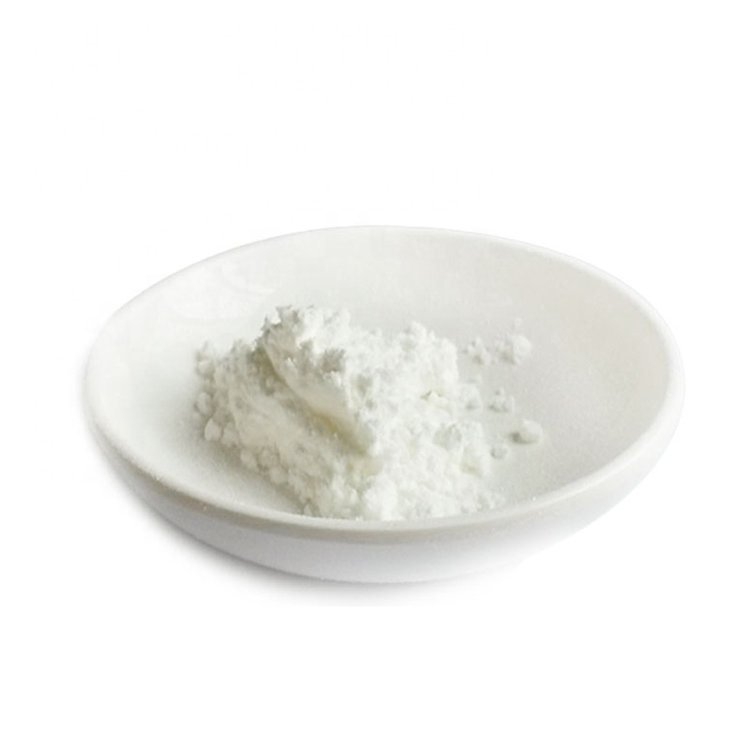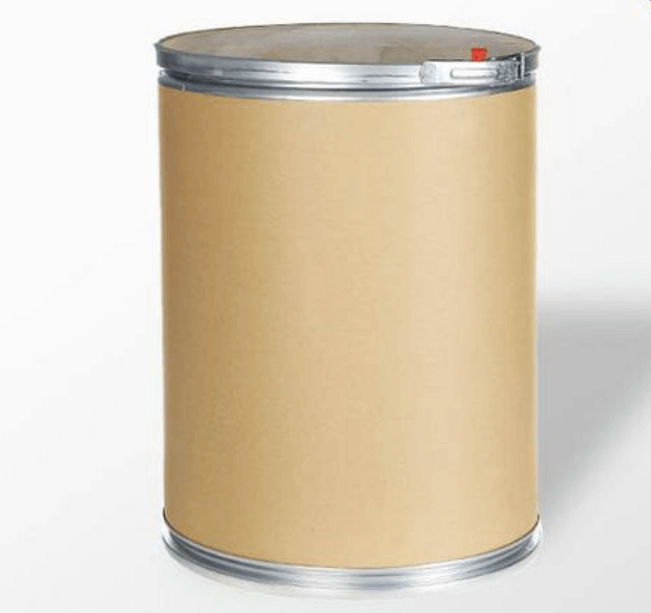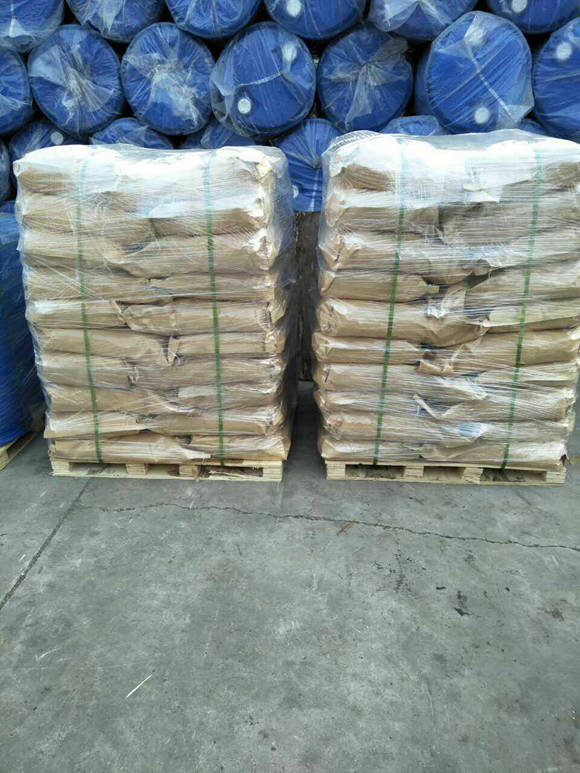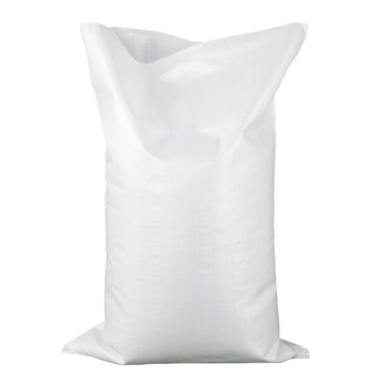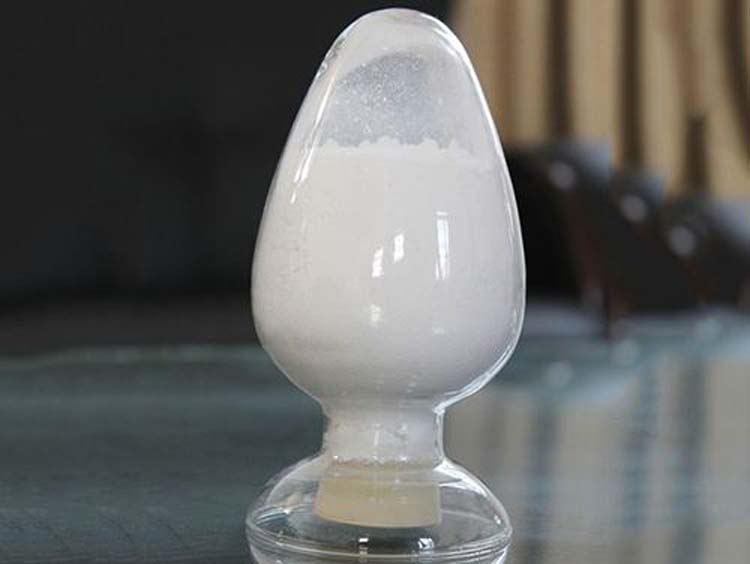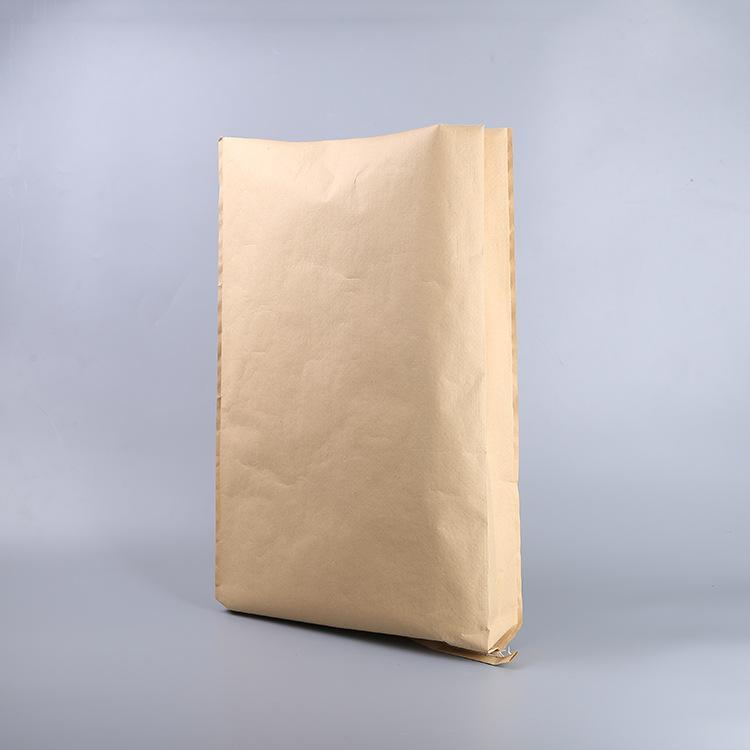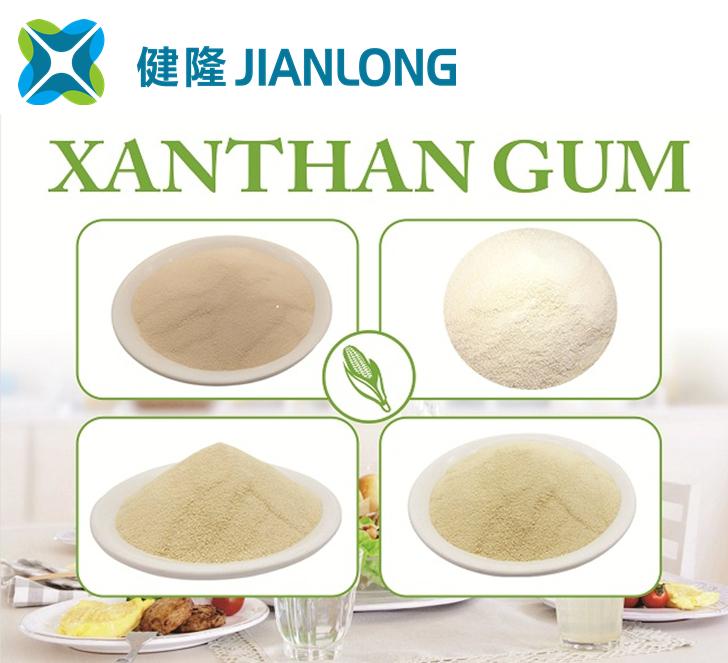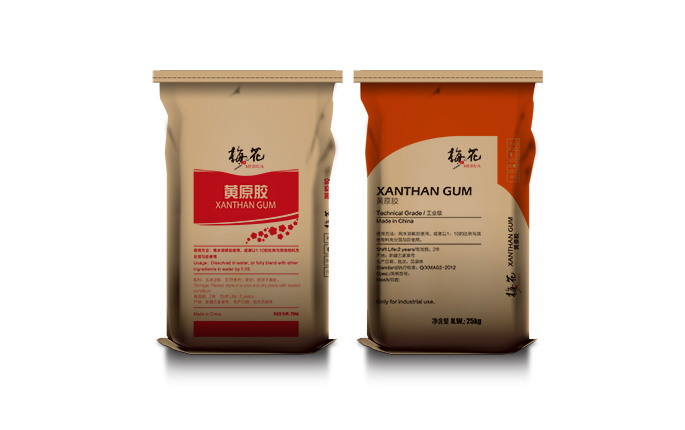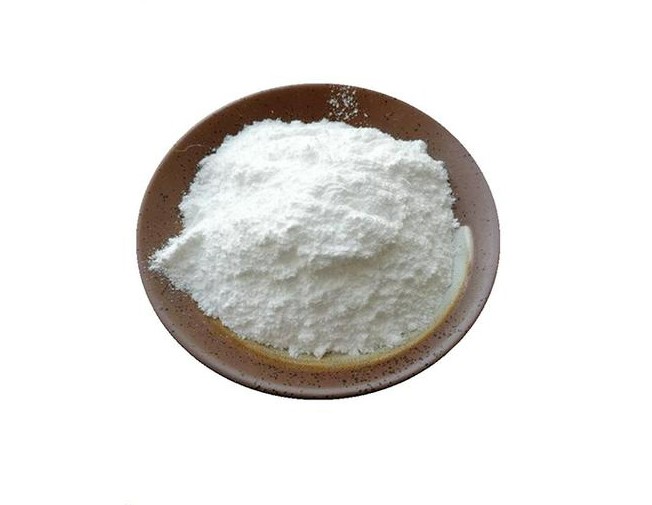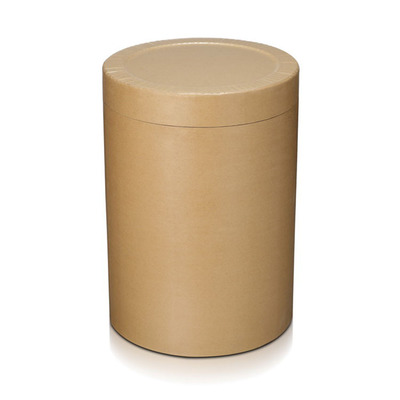Cosmetics
Find
703
related chemicals for you
CAS:544-31-0
Molecular Formula:C18H37NO2
Alias
More Information
Palmitoylethanolamide; N-(2-Hydroxyethyl)Hexadecanamide; Palmidrol; Impulsin; PEA; N-Palmitoylethanolamine; Palmitamide MEA; Hydroxyethylpalmitamide; N-(2-Hydroxyethyl)Palmitamide
Brief Introduction
Hexadecylamide ethanol (PEA) is an endogenous fatty acid amide, which belongs to a class of nuclear factor agonists. It has been shown to bind to nuclear receptors (nuclear receptors) and exert a great variety of biological functions related to chronic pain and inflammation.
Suppliers
View More Vendors (3) >
Suzhou Myland Pharm & Nutrition Inc.
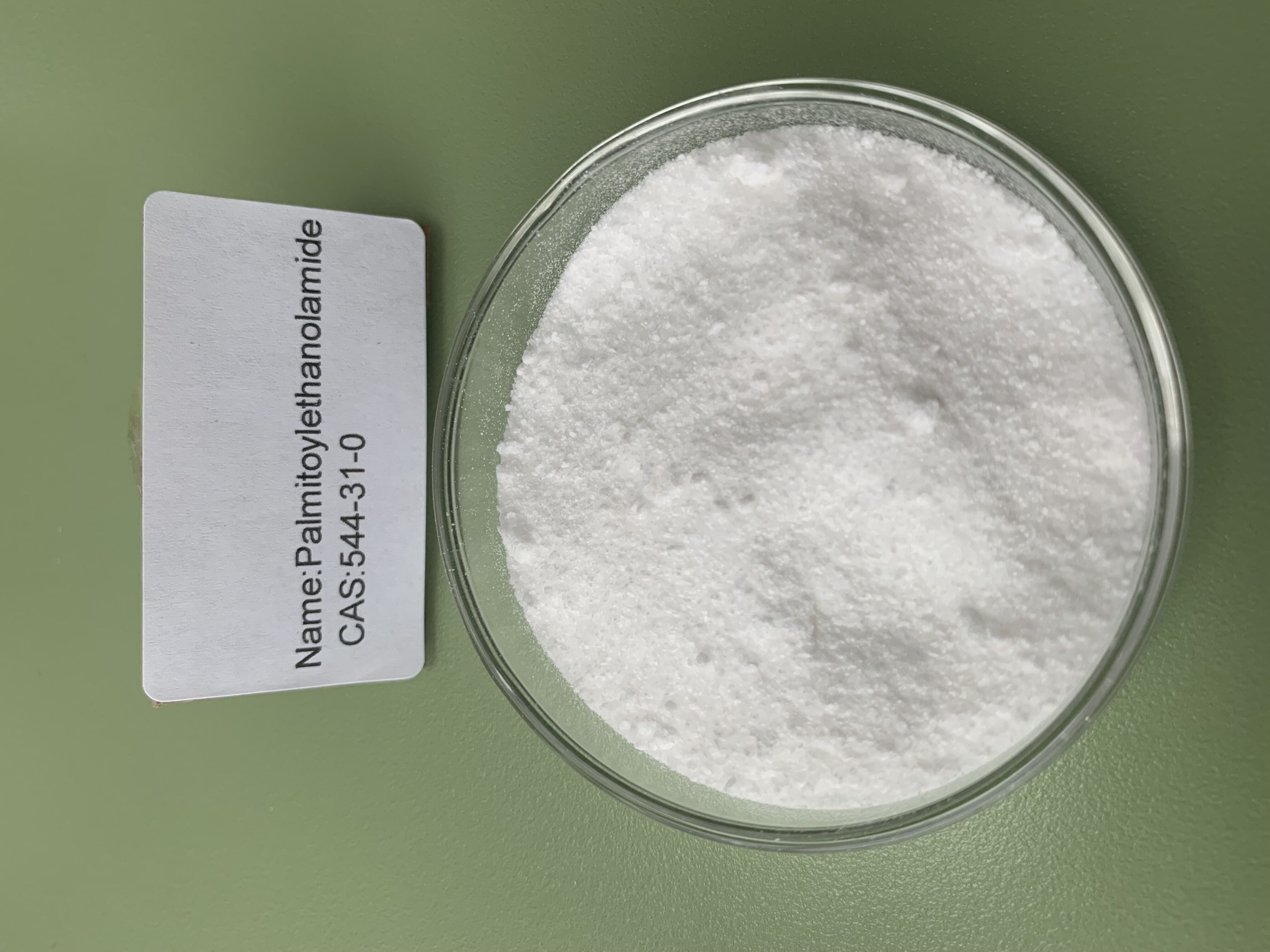
99%
/
Food Grade
CAS:546-93-0
Molecular Formula:CMgO3
Alias
More Information
Carbonic Acid,Magnesium Salt (1:1); Carbonicacid,Magnesiumsalt; Magnesite; mgco3
Brief Introduction
It is used in the manufacture of magnesium salt, magnesium oxide, fire retardant coating, ink, glass, toothpaste, rubber filler, etc. it is also used in food as flour modifier, bread swelling agent, etc. it is also used in the manufacture of drugs for neutralizing gastric acid and treating duodenal ulcer.
Suppliers
View More Vendors (3) >
CAS:59-67-6
Molecular Formula:C6H5NO2
Alias
More Information
Pyridine-3-Carboxylic Acid; 3-Pyridinecarboxylic Acid; Beta-Picolinic Acid; Acidum-Nicotinicum; 3-Picolinic Acid; 3-Carboxypyridine; Niacin; Vitamin B3; Vitamin B3 Nicotinic Acid
Brief Introduction
This product is a kind of vitamin medicine, together with nicotinamide, it is called vitamin pp. it can be used for anti pellagra disease, also can be used as blood dilator, and is widely used as an additive in food and feed. As a pharmaceutical intermediate, it is used in the production of isoniazid, nicotinamide, nicotinic acid and inositol nicotinate.
Suppliers
View More Vendors (3) >
CAS:11138-66-2
Molecular Formula:C8H14Cl2N2O2
Alias
More Information
2-(2,4-Diaminophenoxy)Ethanol Dihydrochloride; 2,4-Diaminophenoxyethanol Dihydrochloride; Ethanol, 2-(2,4-Diaminophenoxy)-, Dihydrochloride; 2-(2,4-Diaminophenoxy)Ethanol Hydrochloride; Ethanol, 2-(2,4-Diaminophenoxy)-, Hydrochloride (1:2); 2,4-Diaminophenoxyethanol 2Hcl; 2,4-Diaminophenoxyethanol; Yellow Adhesive,; Xanthomonas Polysaccharide; xc Polymer; Xhanthan gum
Brief Introduction
Xanthan gum, also known as xanthan gum and Hansen gum, is an extracellular acidic heteropolysaccharide produced by fermentation of Xanthomonas. D-glucose, D-mannose and D-glucuronic acid are high molecular weight polysaccharides with a ratio of 2:2:1. The secondary structure of xanthan gum is that the side chain is reversely wound around the backbone of the main chain, and the rod like double helix structure is formed by hydrogen bonding. Xanthan gum is a light yellow to white flowable powder with a slight odor. It is soluble in cold and hot water, neutral, resistant to freezing and thawing, insoluble in ethanol. When it meets with water, it disperses and emulsifies into a stable hydrophilic viscous colloid. Xanthan gum is a kind of biological gum which integrates thickening, suspension, emulsification and stabilization, and has the best performance in the world, so it is widely used in more than ten fields such as food, petroleum, medicine and daily chemical industry. In food: many foods are added xanthan gum as stabilizer, emulsifier, suspending agent, thickener and processing aid. In daily chemical industry: Xanthan gum contains a large number of hydrophilic groups, which is a good surfactant, and has antioxidant, anti-aging and other effects. In medicine: Xanthan gum is a functional component of microcapsule material which is popular in the world and plays an important role in controlling drug release. In petroleum industry, because of its excellent salt resistance and heat resistance, it is widely used in drilling in special environment such as ocean and high salt zone, and can be used as oil displacement agent to reduce dead oil area and improve oil recovery.
Suppliers
View More Vendors (3) >
CAS:9004-61-9
Molecular Formula:C28H44N2O23
Alias
More Information
Hyaluronic Acid Sodium Salt
Brief Introduction
Hyaluronic acid is an acidic mucopolysaccharide. With its unique molecular structure and physicochemical properties, hyaluronic acid shows a variety of important physiological functions in the body, such as lubricating joints, regulating the permeability of vascular wall, regulating protein, water and electricity, chemical Book solute diffusion and operation, promoting wound healing and so on. Especially important, hyaluronic acid has a special water retention effect. It is the best moisturizing substance found in nature. It is called an ideal natural moisturizing factor.
Suppliers
View More Vendors (3) >
Inquiry (
10
/ 10
)
Clear All
You can inquire for up to 10 products at a time
Sign In
Error!

